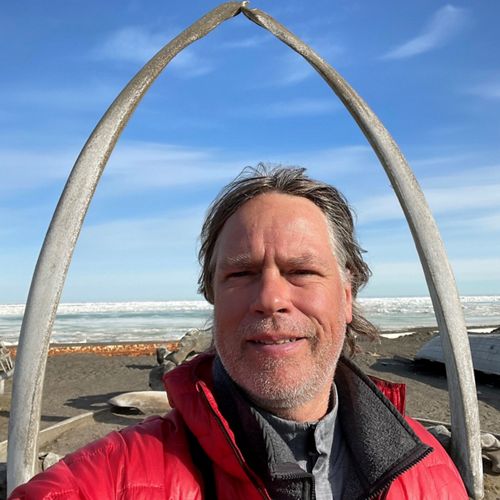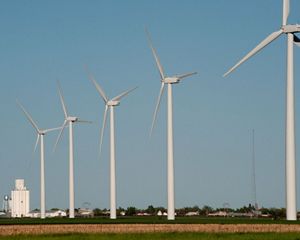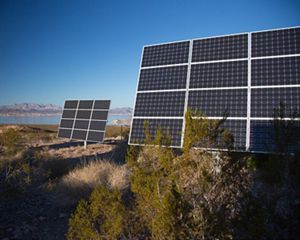Mace Hack, Ph.D.
Director, Leveraging Our Lands
Park City, Utah

Mace Hack Mace Hack headshot. © TNC
Areas of Expertise
land portfolio management, high-impact conversations, grassland ecology, animal behavior
Biography
Mace Hack has worked at The Nature Conservancy for over 17 years, 15 of which he spent leading the Nebraska team as State Director. He currently is a member of the North America Regional team and directs the Leveraging our Lands program. North America launched this program in 2021 to ensure the Conservancy’s unparalleled global network of preserves, easements, and other land interests – over 7 million acres - are being fully utilized to achieve organizational goals. The Leveraging Our Lands work builds upon the expertise of 400+ land stewards to more deeply engage the 3 million annual visitors who recreate on the lands TNC manages, broaden who has access to the benefits of nature, and catalyze collaboration among business units in advancing key conservation strategies through our land holdings.
Mace holds an undergraduate degree in ecology, evolutionary biology, and animal behavior from Princeton University and a doctorate in the same fields from the University of California at San Diego. His wildlife research has ranged from field crickets to wild horses and plains zebra. He has served in past roles as a university researcher and teacher, as well as leader of the Research, Analysis, and Inventory team for Nebraska’s Game & Parks Commission. He’s a life-long angler who recently took up the challenge of fly fishing, and travels whenever and wherever possible to see new bird species. Mace and his family currently split their time between Omaha, NE, and Park City, UT.

